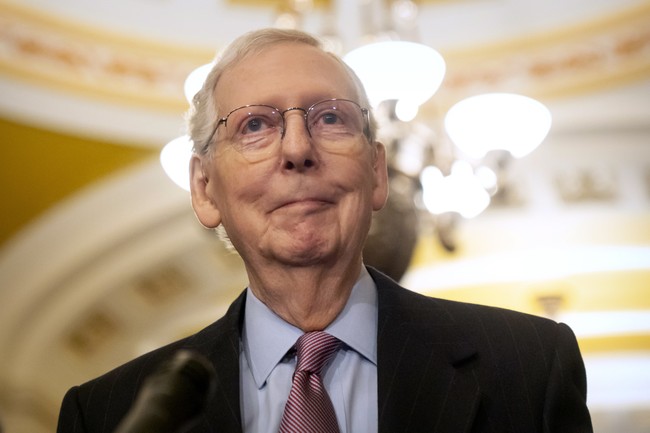Saudi Arabia and Trump's Diverging Gaza Plans
Explore the complex interplay of geopolitical interests and strategies among Arab leaders and the U.S., particularly concerning Gaza's future following the Israel-Hamas conflict.
Published February 22, 2025 - 00:02am

Image recovered from irishtimes.com
The political landscape concerning Gaza has recently become a focal point of international diplomacy, as Saudi Arabia's Crown Prince Mohammed Bin Salman attempts to rally regional allies against a contentious U.S. plan led by President Donald Trump. The proposed American vision for Gaza includes U.S. control over the territory and a controversial relocation of Palestinians to nearby countries such as Egypt and Jordan.
The Crown Prince is reportedly organizing a summit with leaders from Egypt, Jordan, Qatar, and the UAE to discuss an alternative Gaza strategy. The plan primarily crafted by Egypt and Jordan, with inputs from Saudi Arabia and Qatar, suggests housing displaced Palestinians within Gaza during restructuring efforts, aiming for a regional response that would carry weight against the U.S. proposal. The summit signifies a crucial moment for Arab leaders to present a unified front against policies seen as threatening to the Palestinian people.
Despite Egypt and Jordan outright rejecting Trump's plan to assimilate Palestinians into their territories, Trump has shown a unique combination of aggression and hesitation. While advocating for U.S. administration of Gaza, largely as a 'Middle East Riviera,' his approach faces robust international opposition. Critics, including from within the Arab world and human rights organizations, have characterized the plan as an attempt at ethnic cleansing, further isolating the U.S. stance on this sensitive issue.
The UAE's position remains somewhat aligned with the U.S., having formal relationships with Israel through the 2020 Abraham Accords. Nevertheless, UAE President Sheikh Mohammed bin Zayed recently emphasized resistance to the displacement of Palestinians and insisted that Gaza's reconstruction efforts should align with broader peace initiatives rooted in a two-state solution.
The latest developments highlight the region's complex web of alliances and opposing agendas. Saudi Arabia seeks to bridge the gap between Arab interests and those of Western powers, positioning itself as a central mediator. The significance of such dialogues is underscored by the potential impact on Gaza's political future and corresponding human rights implications for its embattled residents.
Political dynamics around Trump's Gaza plans also intersect with financial dimensions. Trump remarked on the substantial aid given to Jordan and Egypt—countries central to any relocation plan—expressing bafflement at their opposition. Internationally, these financial dependencies are recognized as pivotal to geopolitical negotiations, often invoking criticism, as illustrated by Trump's candid comments on aid leverage.
As a second cease-fire agreement between Israel and Hamas holds, regional leaders continue negotiating peace processes that could define the future trajectory of Gaza and its governance. The impending Arab League summit, initially scheduled for February in Cairo, now aims to present a consolidated approach by early March, comprising both immediate relief and long-term rebuilding solutions supported by Gulf and European entities.
This intricate diplomatic effort reflects broader movements seeking to limit foreign sovereignty in Gaza, advocating for structures that respect regional autonomy and address local humanitarian needs. Current negotiations show a critical juncture for Arab leadership, tasked with overcoming divergent political outlooks to attain peace and stability in one of the world's most persistently turbulent regions.







